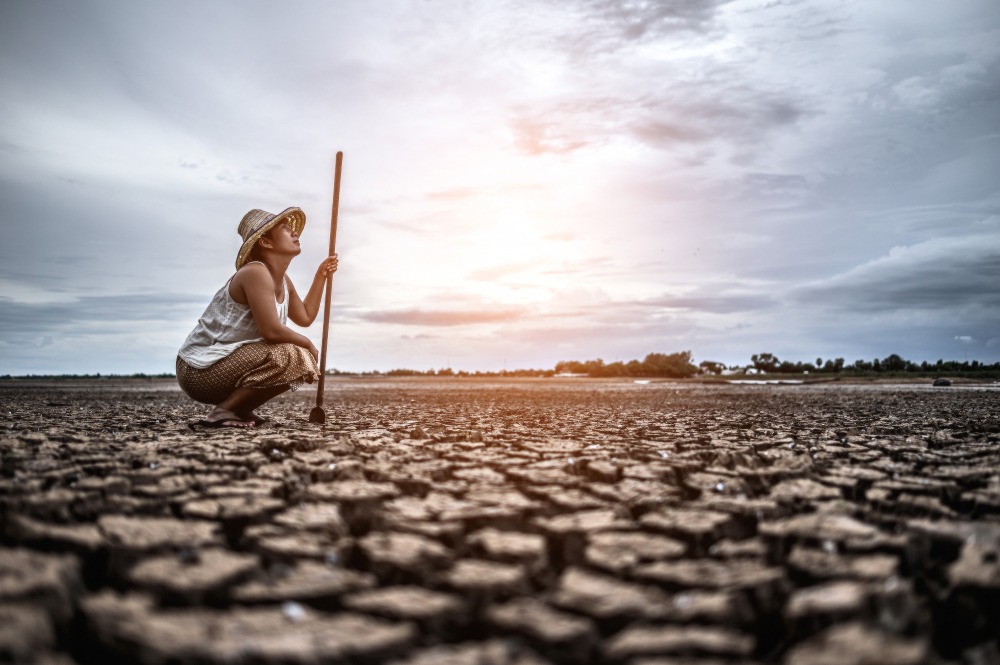Rising temperatures, changing precipitation patterns, and increased frequency of extreme weather events are already causing profound impacts on Australia’s wildlife and habitats. In this blog, we will explore how climate change affects Australia’s ecosystems and wildlife and what steps can be taken to mitigate these impacts.
1. Rising Temperatures and Heatwaves
Impact on Ecosystems: Rising temperatures are causing shifts in habitats and altering the distribution of species. Many plants and animals are moving to higher altitudes or cooler areas to escape the heat. For instance, some species of alpine flora are retreating to higher elevations, leading to a reduction in their habitat range.
Impact on Wildlife: Heatwaves can be particularly devastating for wildlife. For example, in 2019, a severe heatwave in Queensland resulted in the mass die-off of flying foxes. Marine life is also affected, with increased sea temperatures causing coral bleaching events on the Great Barrier Reef.
2. Changes in Precipitation Patterns
Impact on Ecosystems: Changes in rainfall patterns are leading to more prolonged droughts and intense floods. Drought conditions can lead to water shortages, affecting plant growth and the availability of food for herbivores. In contrast, heavy rains can cause flooding, destroying habitats and disrupting breeding cycles.
Impact on Wildlife: Species that rely on specific water conditions are particularly vulnerable. Aquatic species, such as the platypus, are affected by changes in river flow and water quality. Terrestrial animals that depend on certain plants for food may struggle to survive if those plants become less abundant.
3. Increased Frequency of Extreme Weather Events
Impact on Ecosystems: Australia is experiencing more frequent and severe bushfires, cyclones, and storms. These events can cause widespread habitat destruction, biodiversity loss, and ecosystem structure changes. The 2019-2020 bushfire season, known as Black Summer, burned an estimated 18.6 million hectares, devastating many ecosystems.
Impact on Wildlife: Extreme weather events can lead to the immediate loss of life and long-term population declines. The Black Summer fires killed or displaced nearly three billion animals, including iconic species like koalas, kangaroos, and various bird species. Recovery for many of these populations will take years if not decades.
4. Ocean Acidification
Impact on Ecosystems: The absorption of excess atmospheric CO2 by the oceans is leading to ocean acidification. This process is particularly harmful to marine ecosystems, as it affects the ability of calcifying organisms, such as corals and shellfish, to form their shells and skeletons.
Impact on Wildlife: Coral reefs, like the Great Barrier Reef, are experiencing decreased calcification rates, making them more susceptible to bleaching and erosion. This, in turn, affects the diverse marine life that depends on coral reefs for habitat and food, including fish, invertebrates, and marine mammals.
5. Loss of Biodiversity
Impact on Ecosystems: Climate change is contributing to habitat loss and fragmentation, which in turn leads to a decline in biodiversity. The interconnectedness of ecosystems means that the loss of one species can have cascading effects on others, disrupting food webs and ecosystem functions.
Impact on Wildlife: Species that are already endangered or have limited ranges are at higher risk of extinction. For example, the mountain pygmy-possum, which inhabits alpine regions, is highly vulnerable to temperature increases and habitat loss. Conservation efforts must focus on protecting critical habitats and enhancing the resilience of ecosystems.
6. Adaptation and Mitigation Strategies
Protecting and Restoring Habitats: Efforts to protect and restore natural habitats are crucial in mitigating the effects of climate change. This includes creating wildlife corridors to facilitate species migration and implementing reforestation projects to enhance carbon sequestration.
Conservation Programs: Targeted conservation programs can help protect vulnerable species. Captive breeding and reintroduction programs, habitat restoration, and monitoring of at-risk populations are essential components of these efforts.
Policy and Legislation: Strong environmental policies and legislation are needed to address climate change and protect biodiversity. This includes setting emissions reduction targets, enforcing habitat protection laws, and supporting sustainable land and water management practices.
Conclusion
The effects of climate change on Australia’s ecosystems and wildlife are profound and far-reaching. Rising temperatures, changing precipitation patterns, and extreme weather events are altering habitats and threatening species’ survival. Addressing these challenges requires a comprehensive approach that includes habitat protection, conservation efforts, and strong environmental policies. By taking action now, we can help ensure the survival of Australia’s unique and diverse ecosystems for future generations.
Climate change in Australia – Wikipedia
Impacts of Climate Change – The Australian Museum







